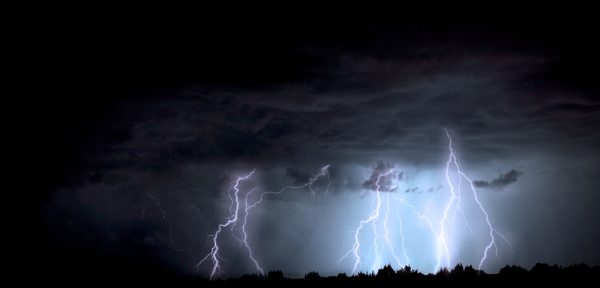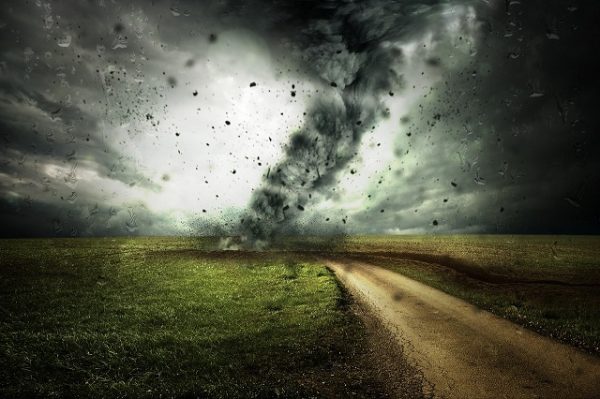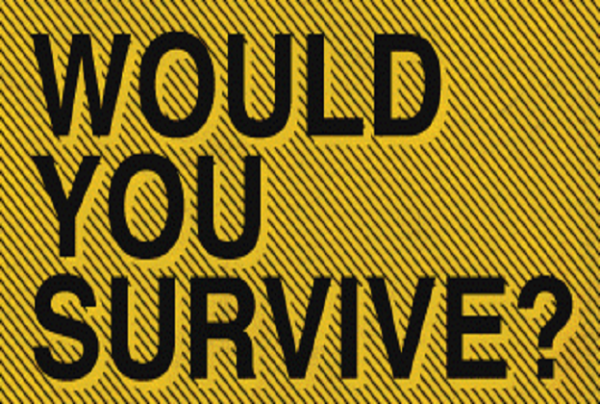You might think power outages don’t happen too often, but the reality is they’re becoming increasingly common. Due to aging infrastructure and a rapidly growing population, the frequency of major grid failures (affecting over 50,000 households) in the United States has been steadily rising. While exact figures vary, it’s clear that power outages are no longer a rare occurrence.
The importance of being prepared for power outages is ever growing. By taking proactive steps and assembling the necessary supplies, you can minimize the impact of these disruptions on your daily life.
Power outages can happen anywhere, anytime. This guide provides essential tips for navigating outages safely and comfortably, from before, during, and after the event. Be prepared and become the neighborhood expert on power outage preparedness.
How to Prepare for a Power Outage
Power outages are an inevitable part of life. Be prepared by taking proactive steps to minimize disruption and ensure your household’s safety and comfort during extended outages.
Start Collecting Emergency Supplies
As prepared as you want to be, power outages happen to the best of us and are out of your control. It’s smart to be ready! Having some essential supplies scattered around the house and garage can be a real lifesaver.
Essential Supplies for Power Outages:
- Water: Store bottled water as a precaution against potential water supply disruptions. Consider building a long-term water supply for extended emergencies.
- Lighting: Stockpile flashlights and batteries and consider a hand-crank flashlight as a backup.
- Cash: Have cash readily available as ATMs and card systems may be offline.
- Communication: Invest in a battery-powered or hand-crank radio for crucial information updates. Keep extra batteries on hand.
- Food: Maintain a supply of non-perishable foods like canned goods, dried fruits, and ready-to-eat meals. If you have a gas stove, keep stovetop-friendly foods on hand. For electric stoves, consider jerky, meal replacement bars, or utilize a camp stove.
Get a Generator and Store Fuel
Generators can be lifesavers during power outages, but they also pose serious risks, primarily from carbon monoxide poisoning. Safety first! Always read the owner’s manual before an emergency occurs. Never run a generator indoors, in garages, or near windows. Ensure proper ventilation and keep fuel stored safely away from the generator. Choose the right fuel type and always have a sufficient supply on hand.
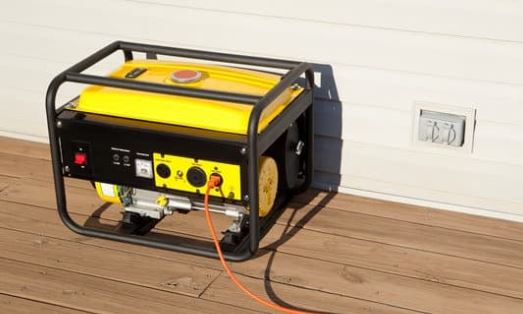
Have Alternate Methods for Charging Electronics
In today’s tech-dependent world, it’s crucial to have backup power for your electronics. Stock up on extra batteries, especially for your phone and computer. Solar chargers are a great investment, offering a sustainable and reliable power source for all devices.
Medical Devices
If you rely on medical devices, power outages can be critical. Contact your equipment manufacturer for guidance during outages. Inform your electricity provider about your medical needs for priority restoration. Consider investing in a backup generator specifically designed for medical equipment.
Learn Manual Overides
Avoid being stranded with a closed garage door during a power outage. Learn how to use the emergency release cord on your garage door opener. It’s a simple yet essential preparedness step
What to Do During a Power Outage
Check Your Breakers
If the power goes out, check your breakers first. Reset any tripped breakers. Then, take a quick look around your neighborhood. Are your neighbors’ lights on? Any signs of power in other homes? This will help you figure out if it’s just your house or a wider outage.
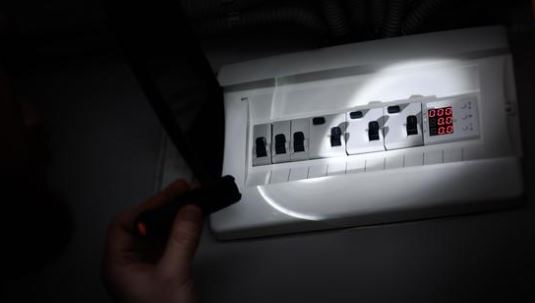
Keep Your Fridge Door Closed
Keep your food cold! Every time you open the fridge or freezer door, you’re letting precious cold air escape, shortening the time your food stays safe.
- Refrigerator: Food in the fridge generally stays safe for about 4 hours during a power outage.
- Freezer: A full freezer can keep food frozen for up to 48 hours, but the fuller the better.
To extend the time your food stays cold, consider transferring some fridge items to the freezer if space allows. Just remember to minimize door openings as much as possible!
Unplug Your Electronics
Power surges can occur when the electricity comes back on, potentially damaging electronics. Unplug sensitive devices like computers and TVs to protect them. It’s a good idea to leave one light or a radio plugged in as an indicator that power has been restored.
Be Aware of Your Water.
Be prepared for potential water quality issues during prolonged power outages. Check with local authorities for updates on water safety. Boil water as a precaution or rely on bottled water supplies.
Don’t Use Candles
Candles are nice for ambiance, but let’s be real, they’re not the safest option during a power outage. Imagine trying to keep track of all those candles burning around the house! Flashlights and lanterns are the way to go. The last thing you want is to accidently burn your house down just to see around the room.
What To Do When The Power Comes Back On
Throw out unsafe food.
Use a food thermometer to check the temperature of perishable foods. Discard anything above 40°F. When in doubt, toss it out! Food safety is crucial during a power outage.
Downed Power Lines
A bit of common sense for this one. If a power line is down, be sure to steer clear of it. Call the non-emergency police number and report it.
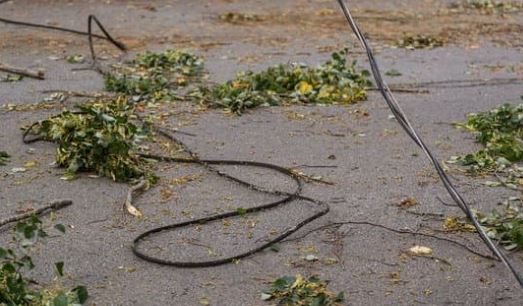
Re-stock Any Used Emergency Supplies.
After a power outage, take stock of your emergency supplies and replace anything you used. Did you have enough food, water, and batteries? Were your flashlights and lanterns sufficient? Identify any gaps in your preparedness and adjust your supplies accordingly. Consider adding entertainment options like board games to help pass the time
I recommend heading over to the Red Cross website to get yourself a Power Outage Checklist to help better prepare yourself.


